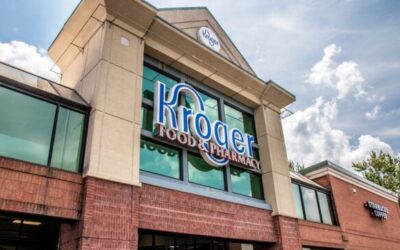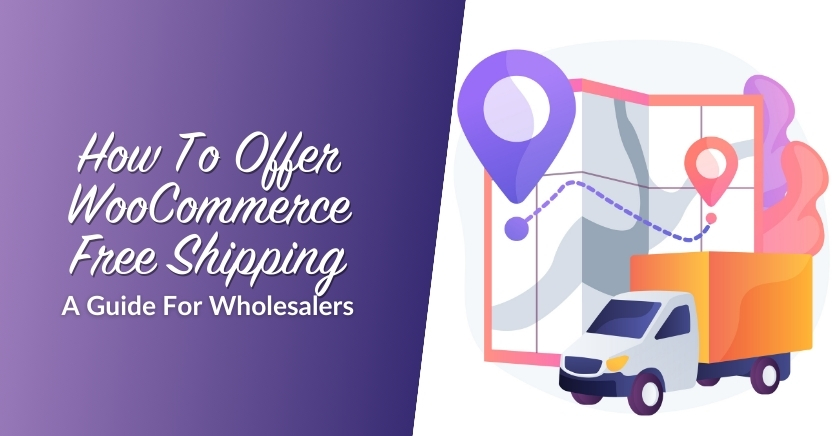New Year’s Profit Resolution


By David S. Bauders, CEO SPARXiQ
After the winter holiday break, and a period of reflection and introspection, distribution executives return to work facing the business imperatives of driving growth, profitability and strategic advantage. For many, 2024 will be the first full year since the pandemic where the tailwinds of supply-chain interruption, rebound demand, and price inflation have dropped away. For companies still operating in the pre-pandemic tradition, this will be a difficult year. For others, there’s a unique opportunity for growth and profitability through enhanced internal focus and strategic execution.
Understanding Market Dynamics
At SPARXiQ, I’ve collaborated with hundreds of distributors over the last 30+ years. What stands out to me are the distinctly different attitudes towards operational excellence and change of Market Leaders, Middle-of-the-Pack’ers, and Market Laggards. Market Leaders embrace the imperative to modernize, optimize and continuously improve. Those in the Middle of the Pack tinker around in the business but lack the focus and commitment to elevate to market leadership. Market Laggards struggle to recognize areas for improvement or believe they are already doing the best they can.
Each company needs to honestly evaluate which group they’re in, and what (if anything) to do about that situation. Market Leaders need to accelerate and institutionalize their advantages and attain minimum efficient scale via organic and inorganic growth. Middle-of-the-Pack’ers need to commit to ascending to market leadership, accept mediocre profitability, or sell to a market leader who can unlock the latent value of their customer base. Market Laggards are at a critical crossroad where proactive change is required to redefine their role in the market. Failure to adapt and embrace change can result in the company’s inability to operate effectively or even stay in business.
For all companies, regardless of market position, the factors of profitable growth are the same (though the relative importance of each may vary). What’s different is how they harness these forces to attain different performance levels. Within the same industry, controlling for market mix and geography, elite performers commonly attain 2x to 3x the average profitability of their market segments. This profit advantage allows them to invest in competitive capabilities; attract capital, vendors and talent; acquire others; and more.
Harnessing the Profit Diamond Framework
The Profit Diamond is a framework to help companies measure their current performance and transform their future performance to attain breakout growth and profitability. In simple terms, companies optimize profit by buying low, selling high, selling more, and controlling costs to serve. Though the formula is simple, the execution is not easy.
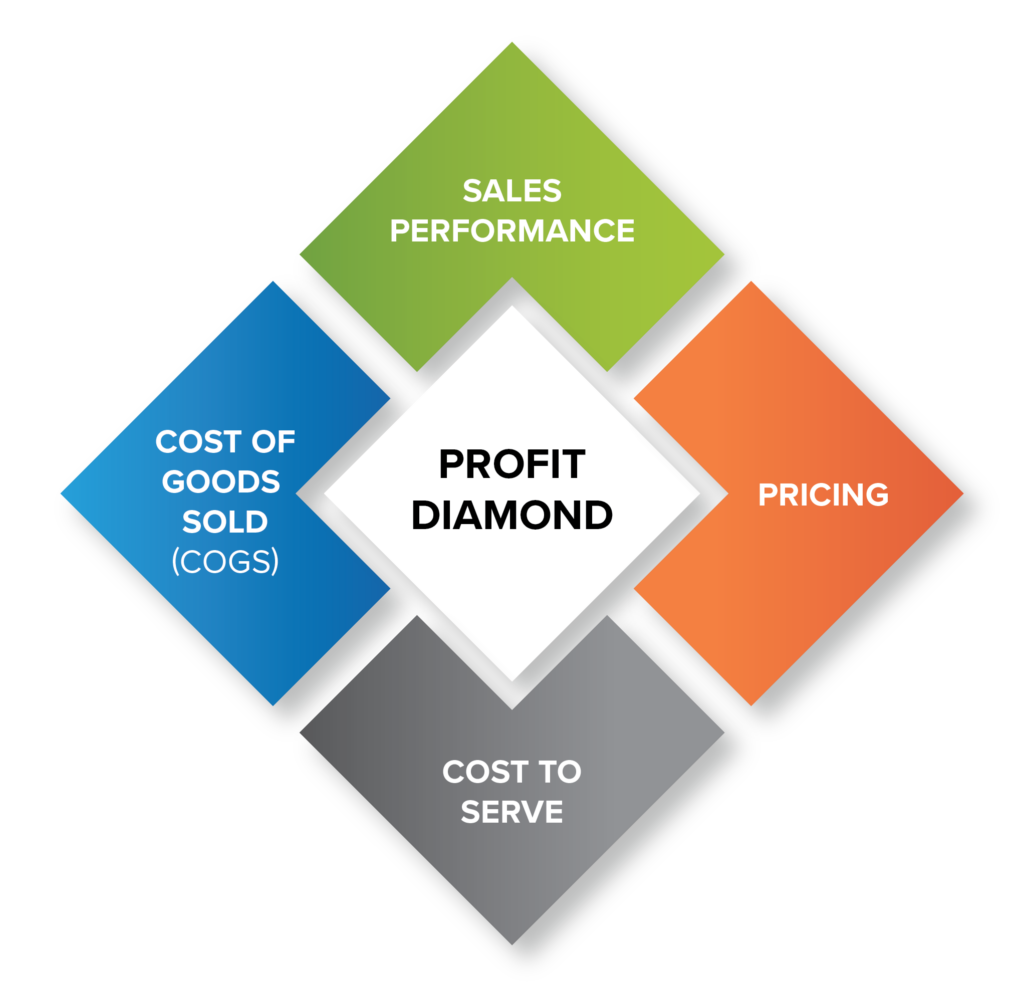
The Profit Diamond identifies the four profit levers every distributor must master:
- Pricing: the ability to get paid for value, controlling for customer mix, product mix, project mix and geography
- Cost of Goods Sold: the ability to improve vendor terms of trade, vendor alignment, and vendor rebates
- Sales: the ability to attain growth, share of wallet, favorable customer or product mix
- Cost to Serve: the ability to align cost-to-serve with customer willingness to pay, to minimize non-value-adding expenses
A starting point is measuring current performance and relative levels via industry benchmarking. To attain market leadership, distributors typically must master at least two of the four levers. Mastery of all four will predictably yield top-decile performance.
Each profit lever has different leverage effects on profitability. For a distributor with four percent EBITDA and a 25 percent average gross margin, a 1% improvement in overall performance in each lever yields the following increase in profitability:
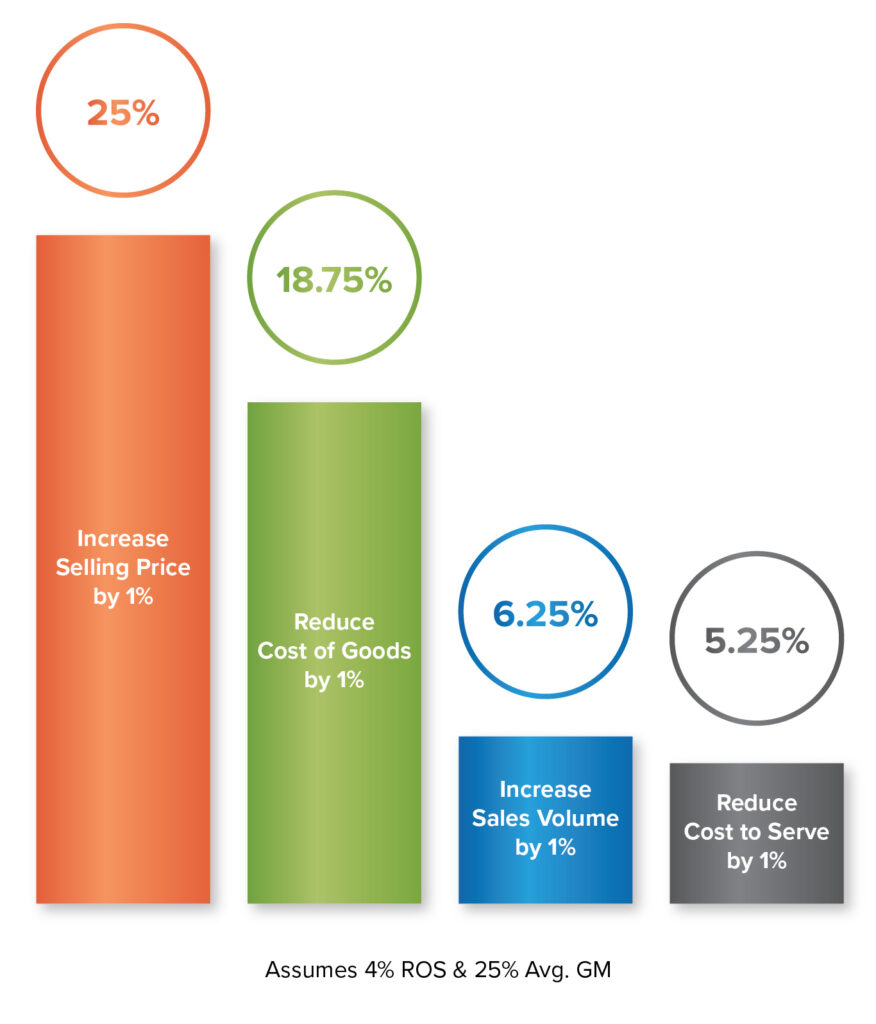
Beyond the strongly suggestive hierarchy above (where pricing looms large), in determining priorities, each distributor must honestly assess their relative maturity in each lever. Any such assessment must be data-driven, complemented by market benchmark data. It must not be based on “gut.”
Leveraging the Power of the Profit Flywheel
For market leaders, the focus of business transformation is to build a Profit Flywheel to succeed in scalable disciplines and to spin off the cash to invest in important capabilities that ensure market leadership in the future:
- Sales transformation
- Digital commerce
- Lean supply chain
- Innovation and value-added services
- Acquisitions
Based on your industry and business model, there are numerous additional capabilities that can help companies escape from inertia and the Plague of Sameness that suppresses profitability and growth.
Applying Profit Flywheel thinking is, in essence, prioritizing the corners of the Profit Diamond mentioned earlier, using the gains from each step to fuel the next.
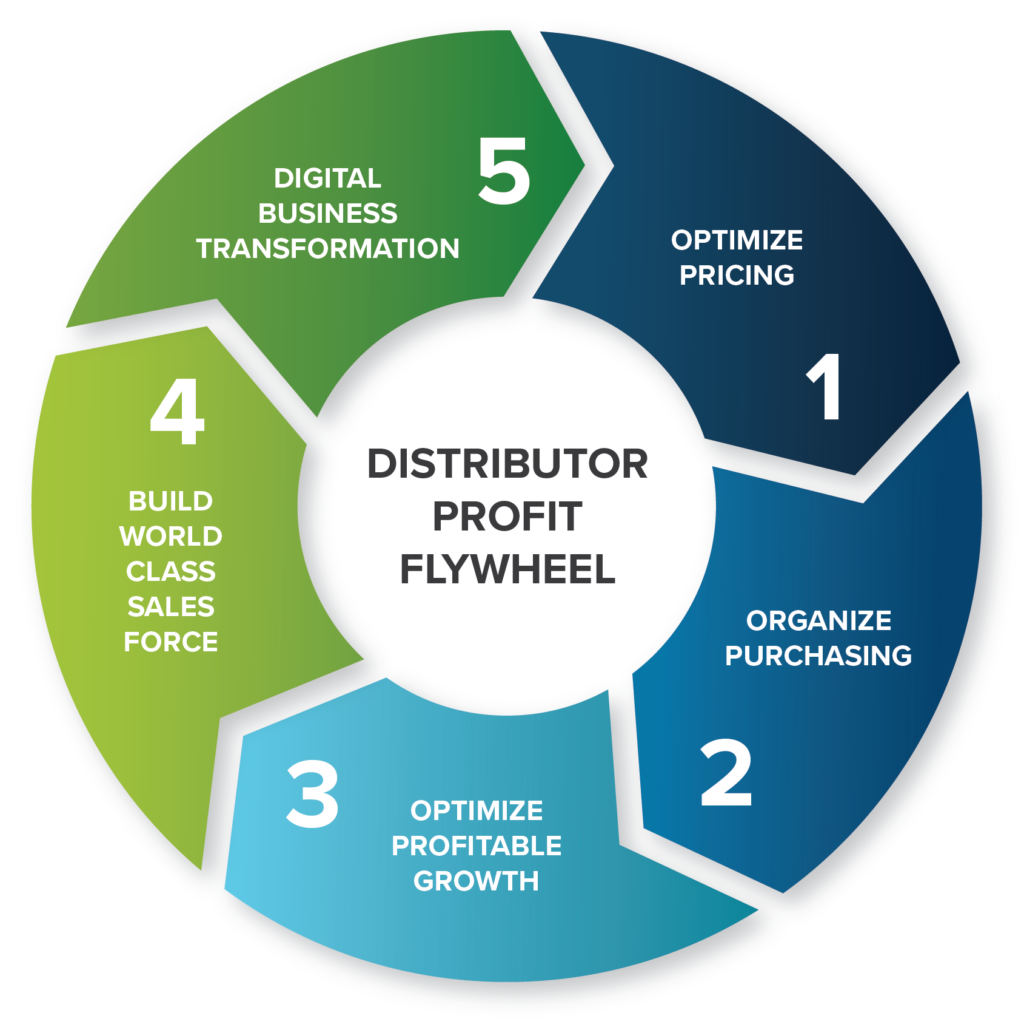
Strategies for Breakout Growth in 2024
In 2024, to achieve elite performance and set the stage for meaningful competitive separation, executives must resolve to honestly answer the following questions:
- What is our current market position: Market Leader, Middle of the Pack, Market Laggard?
- What is the math of our Profit Diamond? What is the leverage hierarchy?
- What is our current competitive performance and maturity level in each lever?
- What is the minimum efficient scale in our market?
- What is our Profit Flywheel playbook?
- Given the above answers, what is our plan moving forward? Build, Buy or Sell?
Most distributors have limited degrees of freedom, imposed by the legacy of decisions and consequences and competitive forces that have already come to bear. The singular degree of freedom for all, however, is the choice of agency: the commitment to act to shape the forces of fate.
The late Henry Kissinger said of leaders: “Leaders think and act at the intersection of two axes: the first, between the past and the future; the second, between the abiding values and aspirations of those they lead. They must balance what they know, which is necessarily drawn from the past, with what they intuit about the future, which is inherently conjectural and uncertain. It is this intuitive grasp of direction that enables leaders to set objectives and lay down a strategy.” As we step into a new year and better understand the era, it’s clear that agility, innovation, and a deep understanding of market dynamics are more crucial than ever. As leaders in this field, our challenge is to continuously seek improvement, stay ahead of the curve, and drive our organizations towards a future defined by growth, resilience, and success. Let’s embrace these opportunities to ensure 2024 yields the expected results!
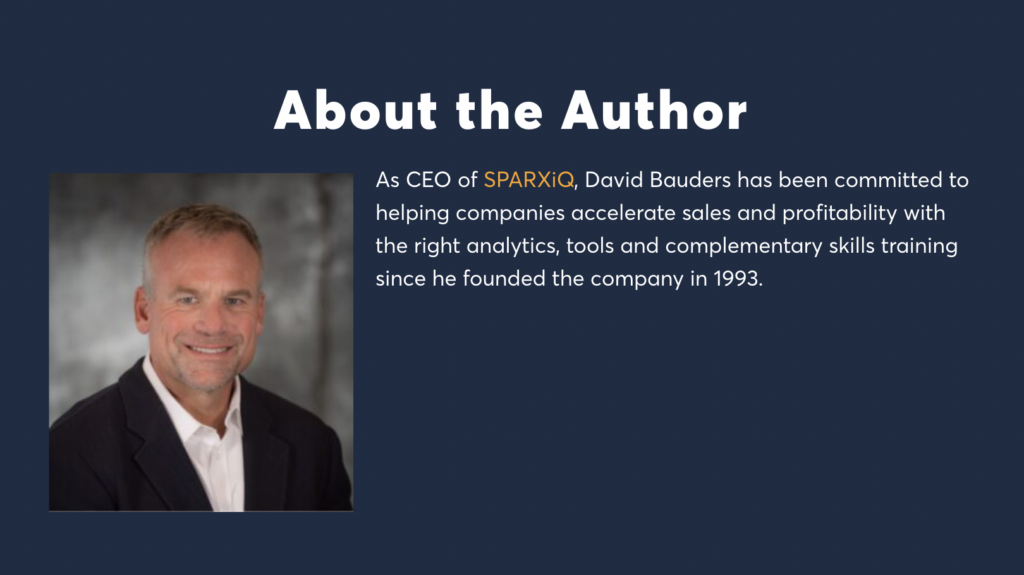
The post New Year’s Profit Resolution appeared first on National Association of Wholesaler-Distributors.






